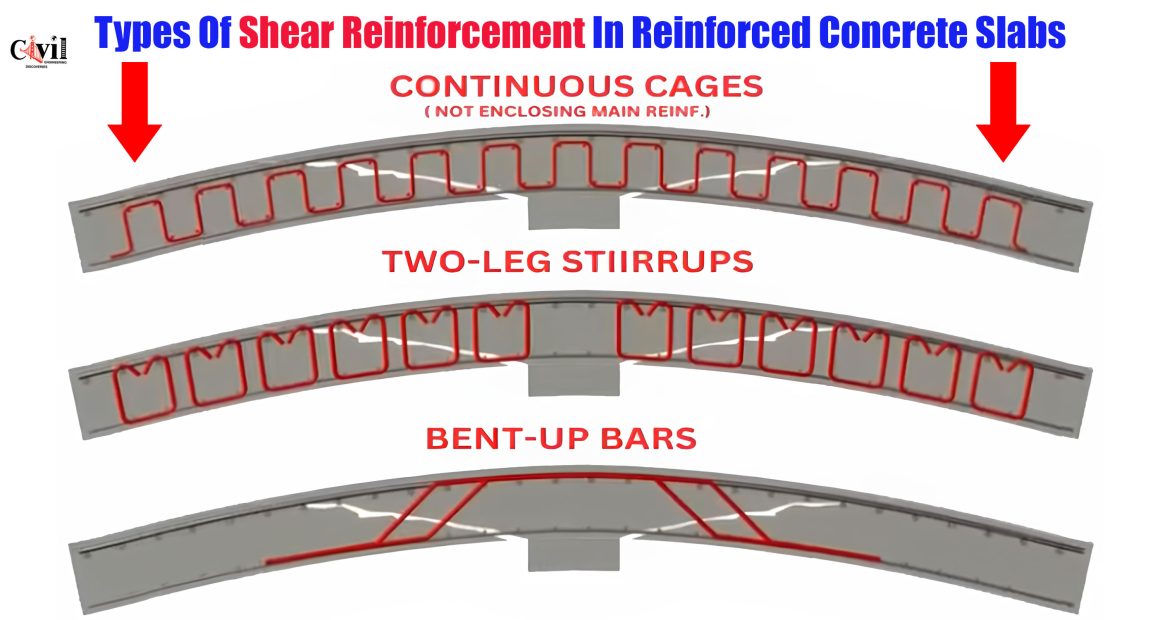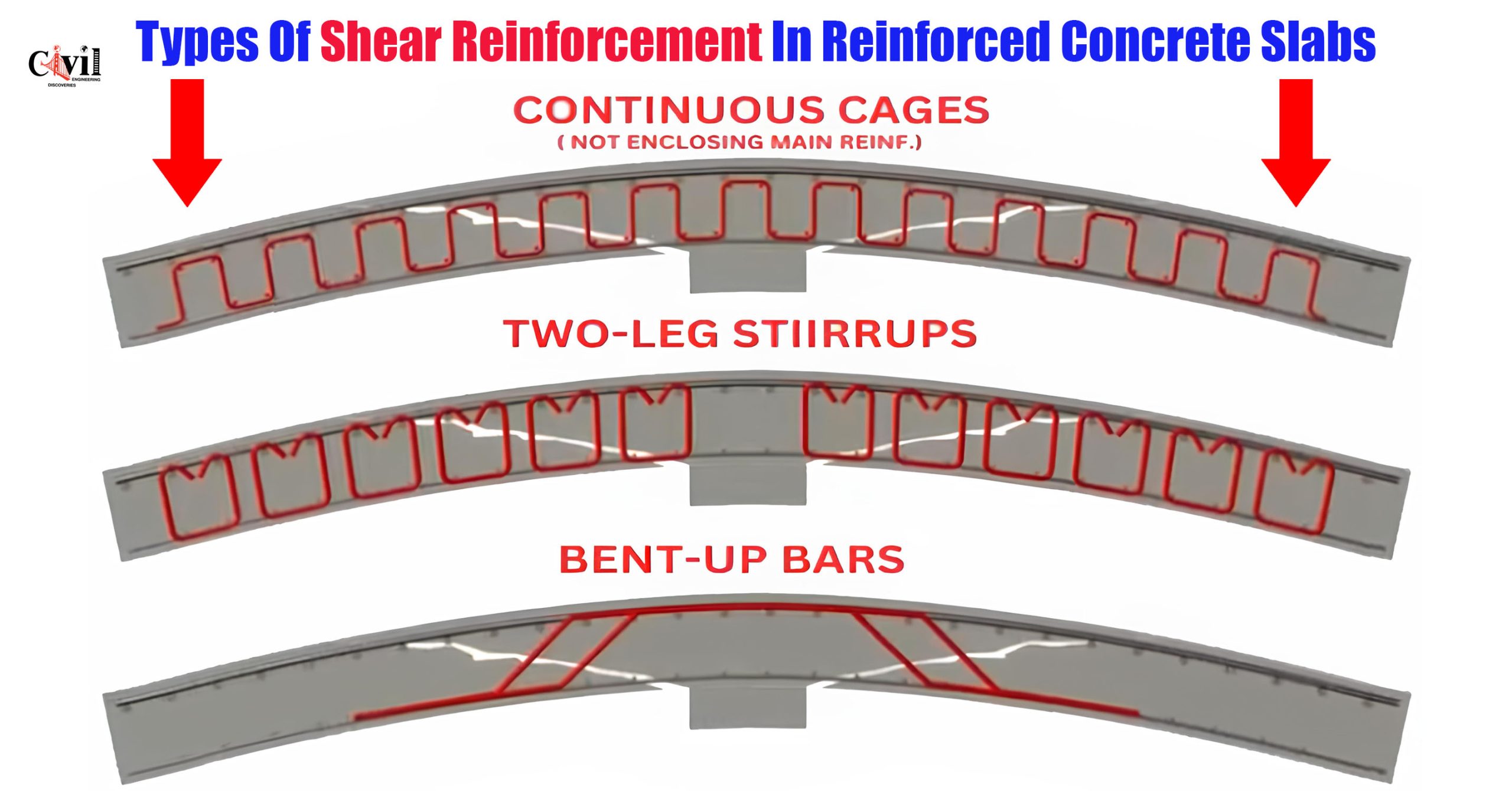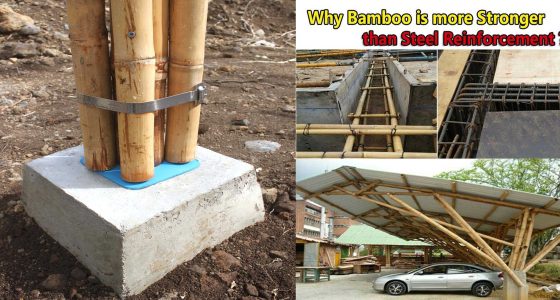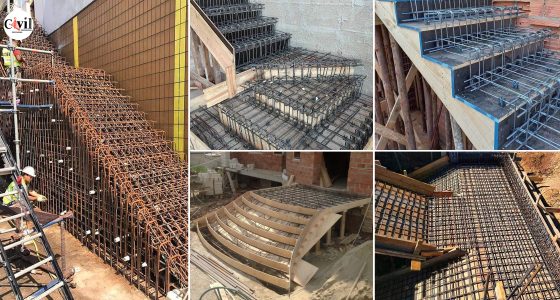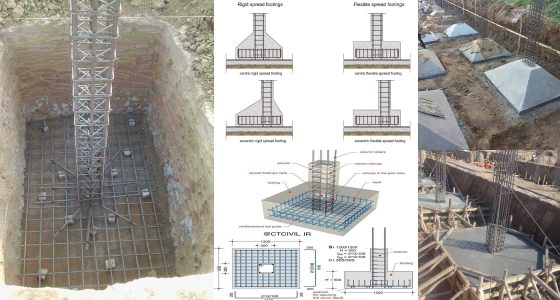Reinforced concrete slabs often face shear stress, which can lead to structural failures if not addressed. Proper shear reinforcement is crucial to enhance durability and load-bearing capacity. Below, we break down the most effective types of shear reinforcement in RC slabs with high-impact keywords and structural insights.
Post-Installed Concrete Screws: Reliable Retrofitting
Post-installed concrete screws offer an easy and effective way to enhance shear resistance in existing slabs. They are drilled directly into the hardened concrete and work by transferring shear loads across potential crack planes.
These screws provide excellent performance in retrofitting projects. They’re suitable for both residential and commercial upgrades where traditional reinforcements were insufficient.
Post-Installed Shear Bolts: Added Anchoring Strength
Post-installed shear bolts function similarly to concrete screws but provide additional anchoring due to their threaded structure. Engineers prefer them for heavy-duty applications.
They offer high tensile resistance and perform well under cyclic loading. This reinforcement is common in bridge decks and industrial flooring retrofits.
Double-Headed Studs: Versatile and Strong
Double-headed studs are embedded during concrete pouring. These studs are pre-welded onto steel plates and effectively resist vertical and horizontal shear forces.
Their design allows for even stress distribution. They’re widely used in composite slabs and prefabricated building elements for maximum structural integrity.
Individual Stirrups: Targeted Shear Control
Individual stirrups are placed precisely around areas with expected high shear stress. They are closed-loop reinforcements that bind with longitudinal bars.
These stirrups offer pinpoint reinforcement and are ideal for slab-column connections where punching shear is a concern.
Continuous Cages: Uniform Shear Distribution
Continuous cages consist of linked stirrups that form an uninterrupted chain throughout the slab span. These cages ensure consistent reinforcement, improving slab ductility.
They enclose the main reinforcement, which helps prevent separation of concrete under stress. Ideal for large-span slabs and complex geometries.
Continuous Cages (Not Enclosing Main Reinforcement)
This type of cage is similar to the traditional design but doesn’t fully wrap around the primary reinforcement. While easier to install, it offers slightly less confinement.
Still, it provides notable shear resistance in secondary slabs and non-critical areas, making it a cost-effective option for light to medium loads.
Two-Leg Stirrups: Standard Yet Efficient
Two-leg stirrups are one of the most common types used in RC slabs. They offer excellent resistance to diagonal tension and are easy to fabricate.
These reinforcements are placed regularly along the span to manage crack development and shear dispersion efficiently.
Bent-Up Bars: Classic Shear Resistance Technique
Bent-up bars are inclined rebars strategically bent upward at support zones. They intercept shear cracks directly and reduce stress at critical sections.
Although less common in modern practice due to placement complexity, they remain effective in traditional and cost-sensitive projects.
Choosing the Right Shear Reinforcement Type
Selecting the appropriate shear reinforcement depends on factors like:
Load intensity
Slab geometry
Construction method
Retrofit vs. new construction
Engineers must balance performance, cost, and practicality. Each method shown above has specific advantages based on the design criteria and project goals.
Enhance Structural Safety with Optimal Reinforcement
Shear failure is sudden and dangerous. With the right reinforcement type, engineers can prevent catastrophic failures and extend a structure’s service life.
Use advanced modeling tools, material tests, and engineering judgment when selecting reinforcement. Make structural resilience a top priority in all slab designs.
Click Here To See 4 Important Rules When Designing A Concrete Torsion-Exposed Beam
